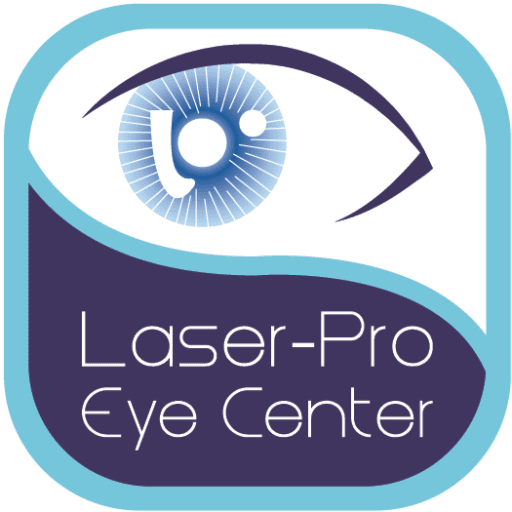Implantable Collamer Lens (ICL)
Treatment
What is Implantable Collamer Lens (ICL)?
ICL (Implantable Collamer Lens) is a solution to refractive errors for those who feel contact lenses or spectacles are a burden. The ICL has a proven record of providing improved quality of vision. The immediate improvement in quality of vision and the remarkably short and painless recovery make ICL a tempting option to those young and adventurous individuals.
What is ICL?
ICL is made from a material called collamer that is safe to use in the human eye. Unlike traditional contact lenses that sit on the surface of the eye, an ICL is positioned inside the eye between the iris (the coloured part of the eye) and the natural lens. Once implanted, the lens remains indefinitely.



